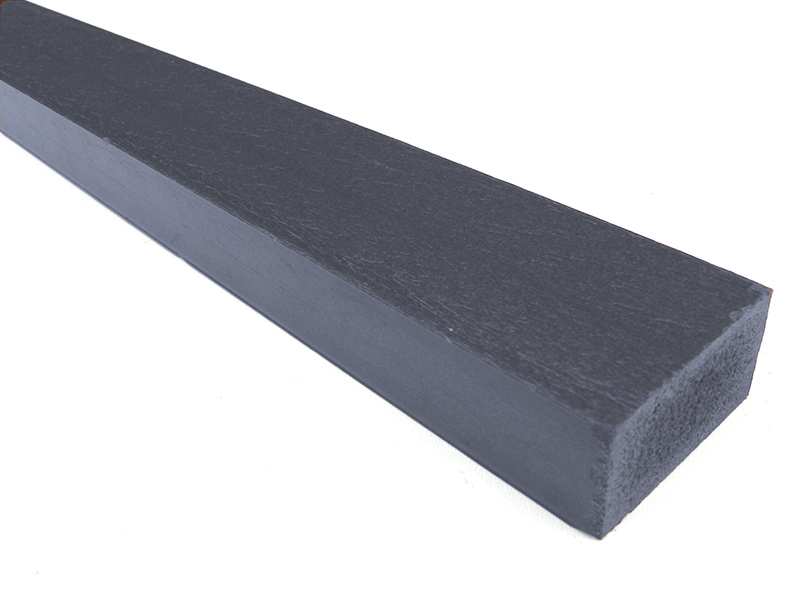I'm looking for the best option on insulating my bathroom, it's a Victorian terrace (1895), it has cavity walls (very narrow cavity).
The 2 options I am looking at would be,
- Insulated plasterboard straight onto the walls (worried about the break in the built in vapor barrier at each join).
- The second option would be stud the walls, PIR boards, vapor barrier sheet and tape any joints, then standard plasterboard over the top.
Any advice? Thanks
The 2 options I am looking at would be,
- Insulated plasterboard straight onto the walls (worried about the break in the built in vapor barrier at each join).
- The second option would be stud the walls, PIR boards, vapor barrier sheet and tape any joints, then standard plasterboard over the top.
Any advice? Thanks



